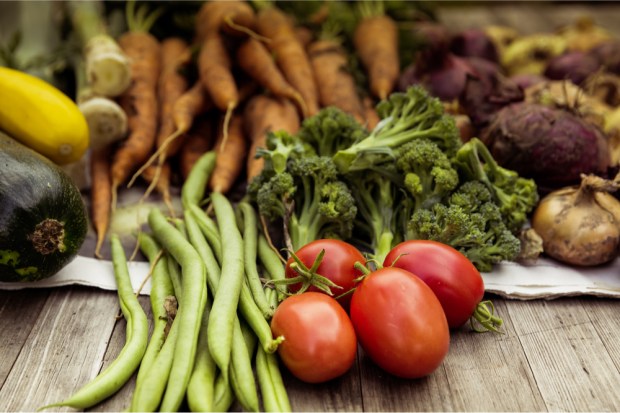Blockchain Finds New Home In Retail Food Supply

Food retailers need to embrace a new term: digital traceability. It describes a new process that shows the importance consumers are placing on the origins of their food in the throes of the current coronavirus pandemic. And it could be one of the killer apps for blockchain.
“We will be tracing everything around food production, and what we do in terms of managing animals because this (coronavirus) came from animals,” said NZX Head of Analytics Julia Jones. “That’s just me thinking from the perspective of consumers. As markets open, they’ll want to know exactly how that piece of cheese was produced, as an example.”
That will be possible due to two features of blockchain. One is smart contracts. Because it is essentially a digital ledger, every element of an agreement between a food supplier and vendor is captured on blockchain and cannot be amended without the express consent of both parties. If a shipment of palm oil from Organic Farm A has to list the harvesting and labor law process, that can be done. The second feature is proof of provenance. Simply put, it traces the journey of goods. If a shipment of avocados says it is fresh until May 1, the retailer can check its proof of provenance, and doesn’t have to take the word of the supplier as that company promises fresh goods to its consumers.
“There are countless potential benefits to adopting the technology,” said animal safety company Neogen CEO John Adent. “For example, the genomic profile of a dairy cow could be connected with the feed the animal eats, its medical history, barn environment, quantity and quality of the milk it produces, etc. Blockchain can serve to optimize the entire supply chains of many of the markets that Neogen serves.”
A blockchain system can also attack fraud in the food business. If the aforementioned avocados need to be chilled when shipped and stored it can be combined with a blockchain system with “Internet of Things” technology so that a sensor monitors the temperature of the shipping container. This would then provide a digital record of the condition of the shipment.
IBM is using blockchain through its product IBM Food Trust. Ramesh Gopinath, vice president of IBM’s blockchain supply chain products, says the system gives customers insight into where their food comes from, and allows a more targeted response in a crisis.
“Using a recall of romaine lettuce last year as an example, Gopinath said blockchain could make it so that not all units of a recalled product need to be tossed in the trash,” according to IBM. “A shared information system would allow grocery stores to narrow the source of tainted food to a single farmer or shipment. Even if the information exists now, it could take weeks to track using traditional means. Rather than a blanket recall, grocery stores could take a more ‘surgical’ approach and remove only the affected food.”
A new study, done by the Auburn University RFID Lab, showed that a blockchain network could work from the shelf as well. The study completed a proof-of-concept that showed blockchain and radio frequency identification (RFID) technologies could communicate with each other to improve data sharing between retailers and their suppliers. According to the white paper, the automation of serialized product data exchange using blockchain can potentially eliminate the need for human audits and counting, increasing the productivity and efficiency of the retail supply chain.
